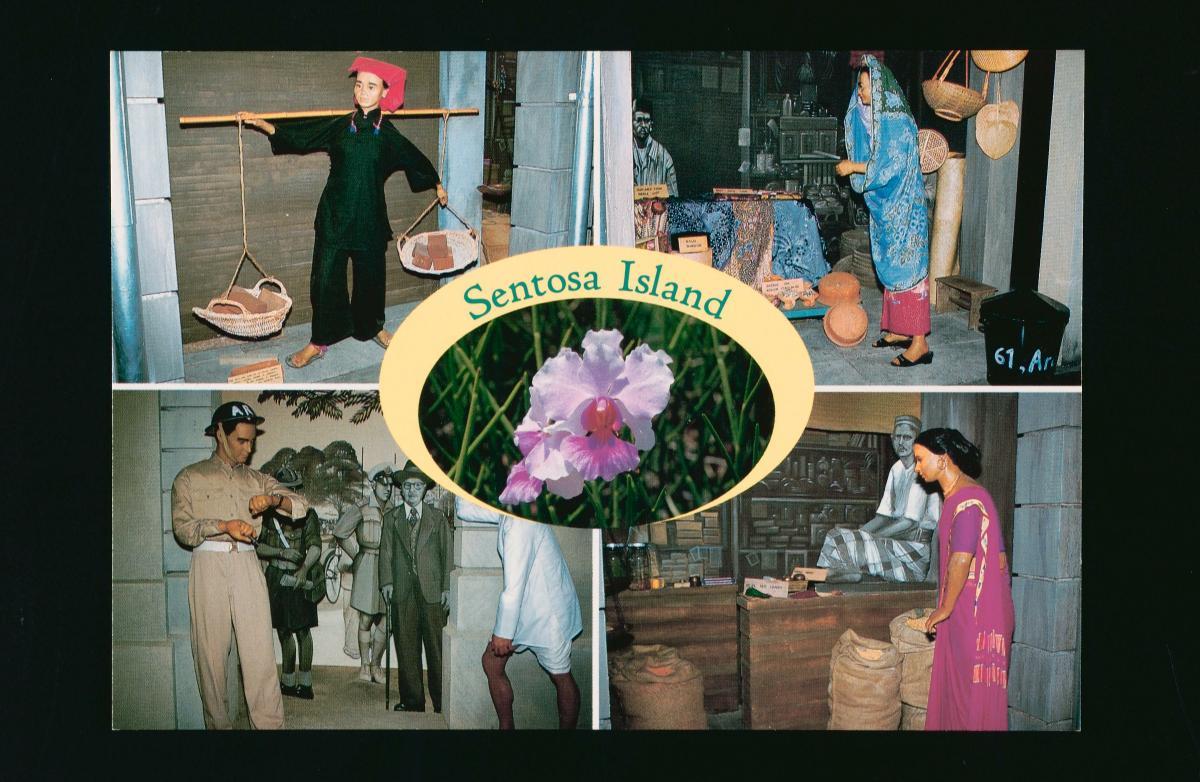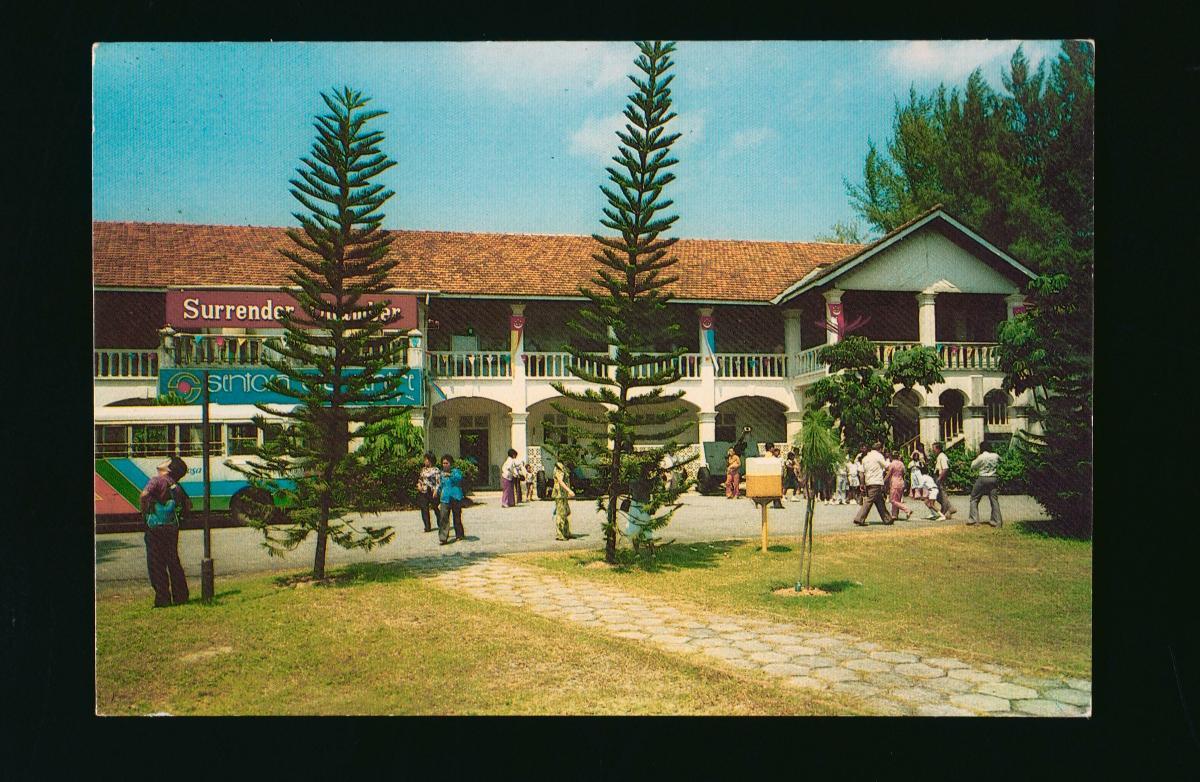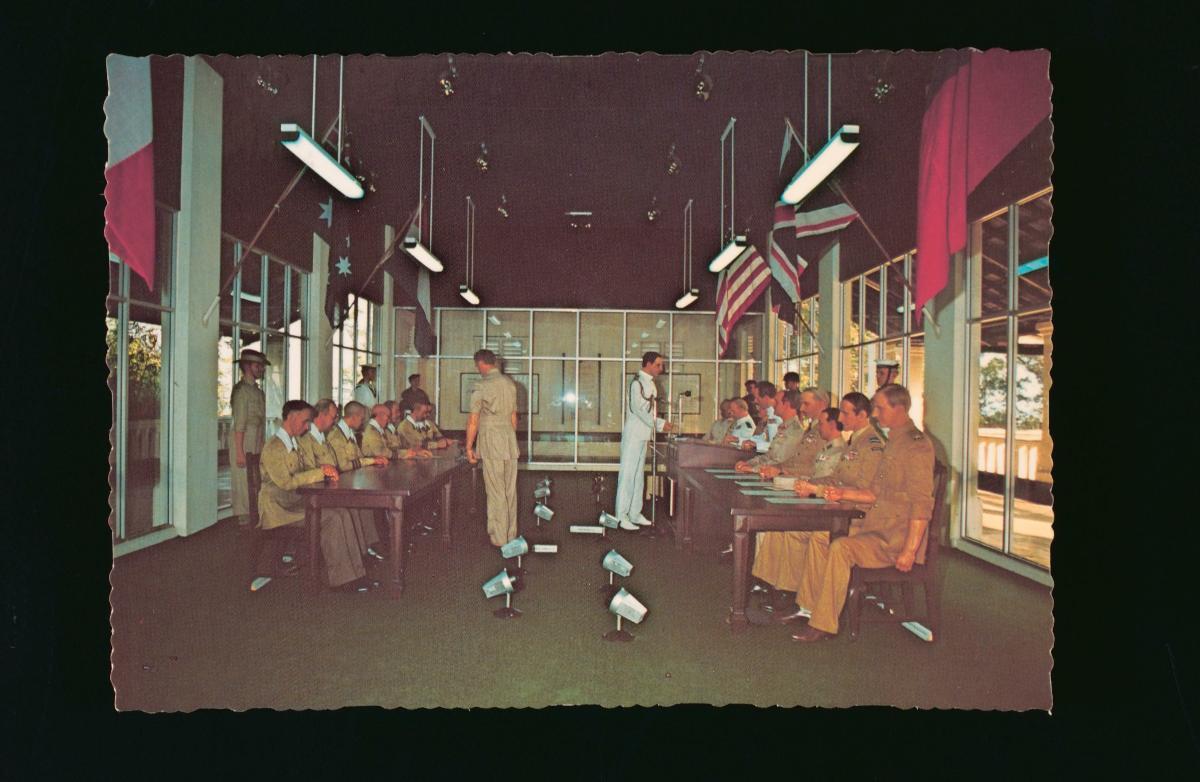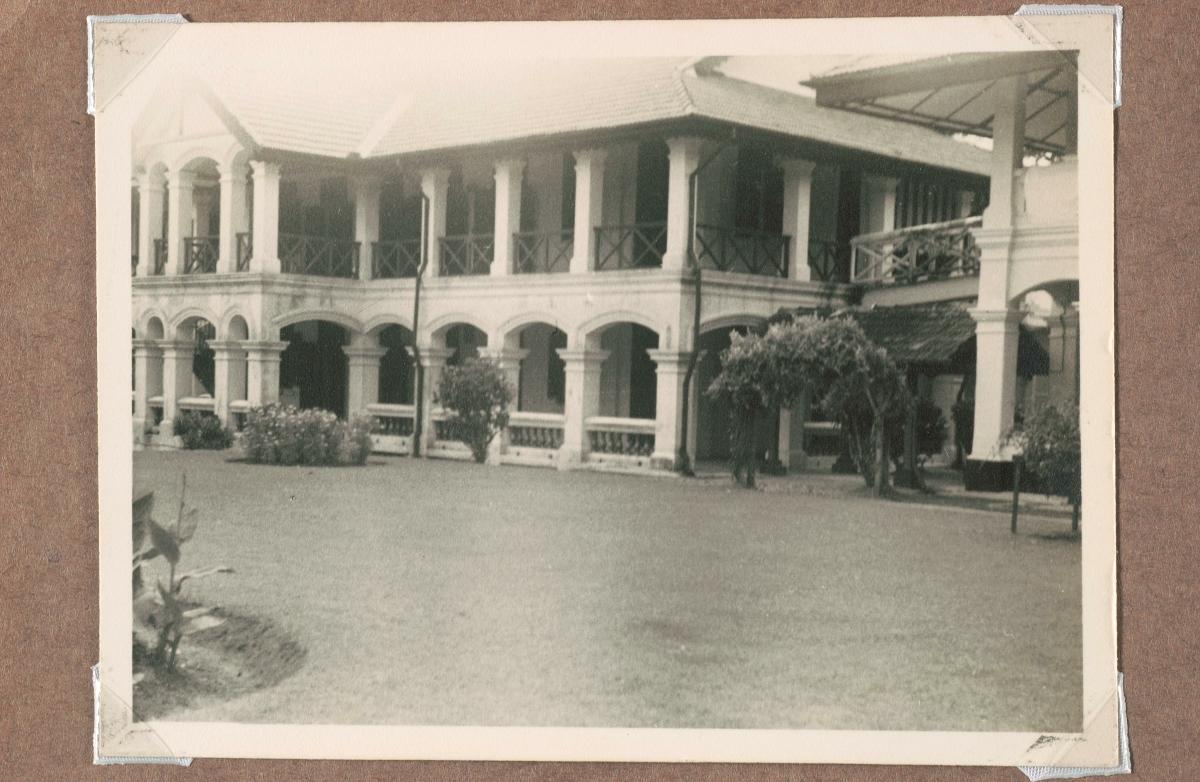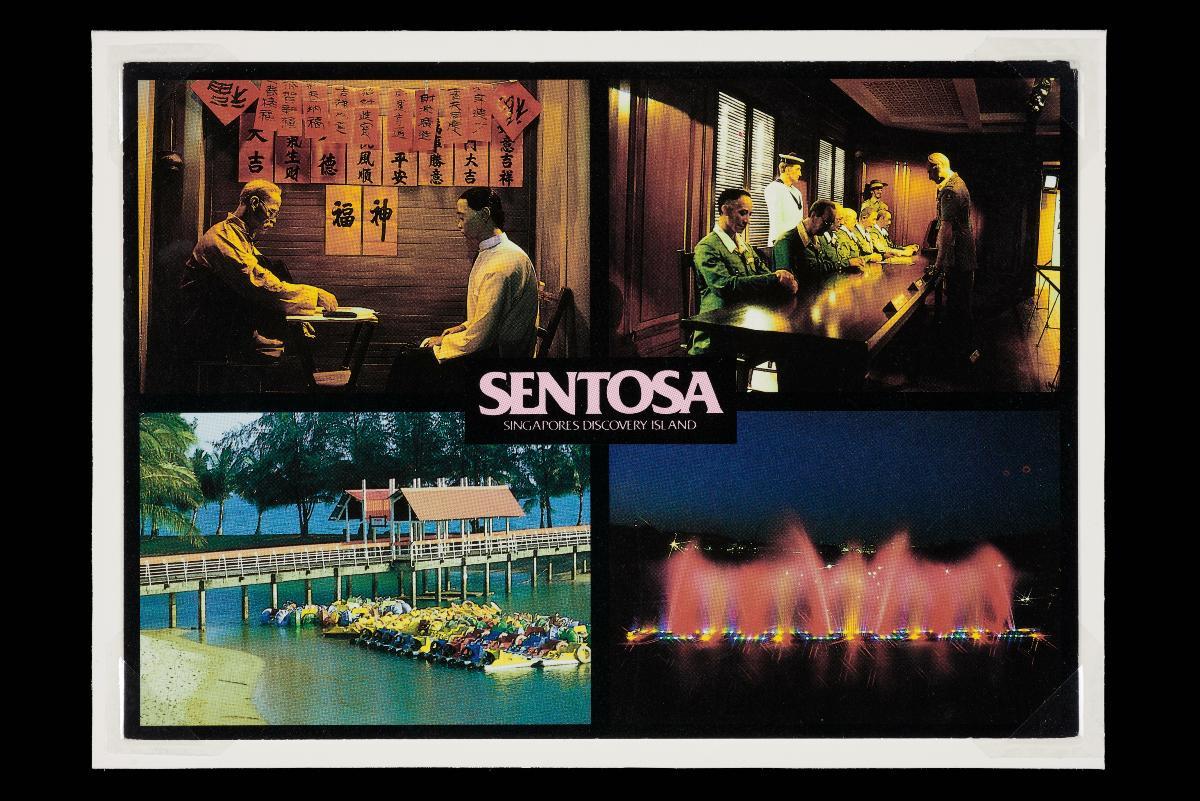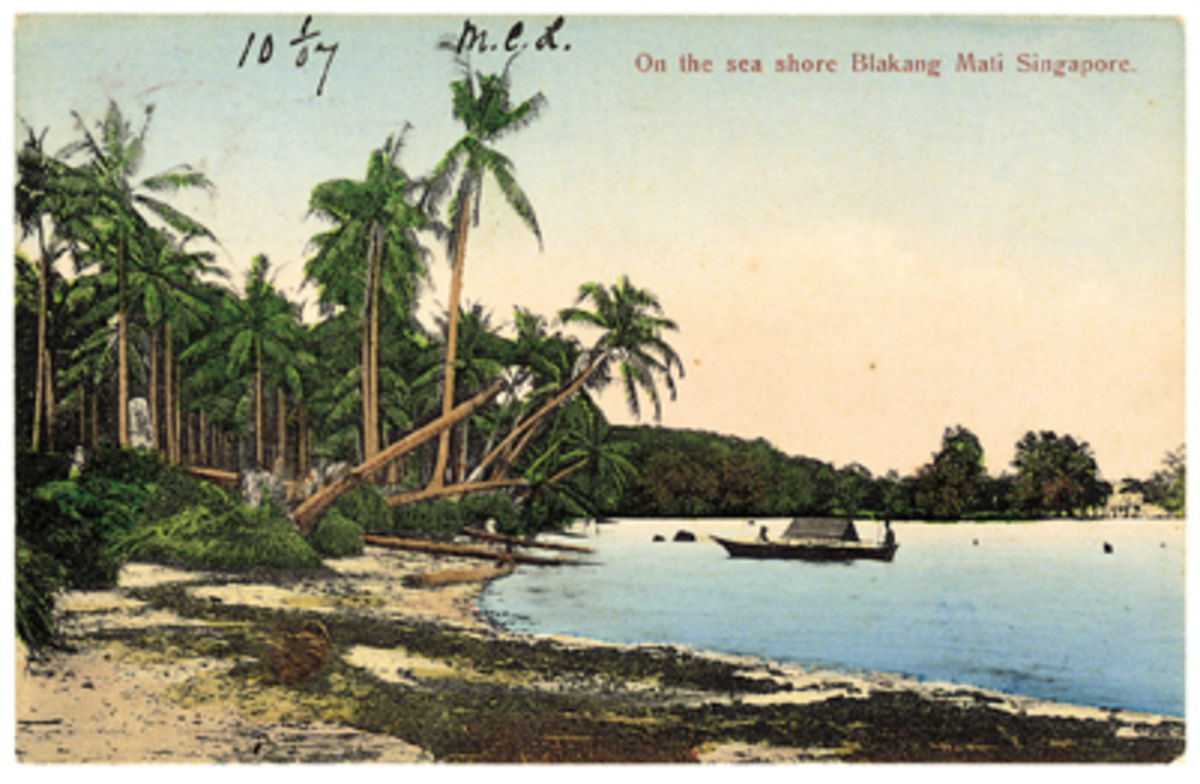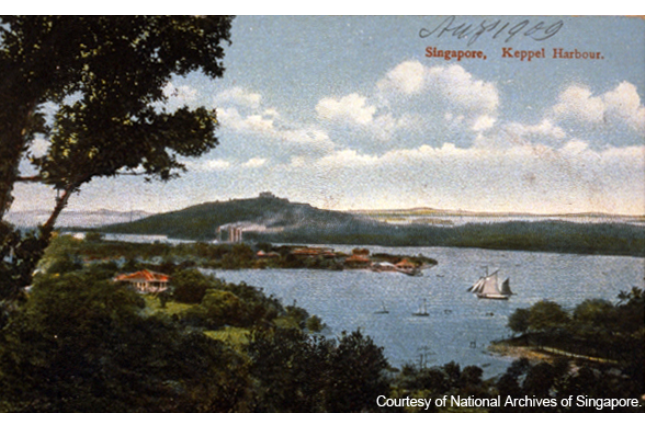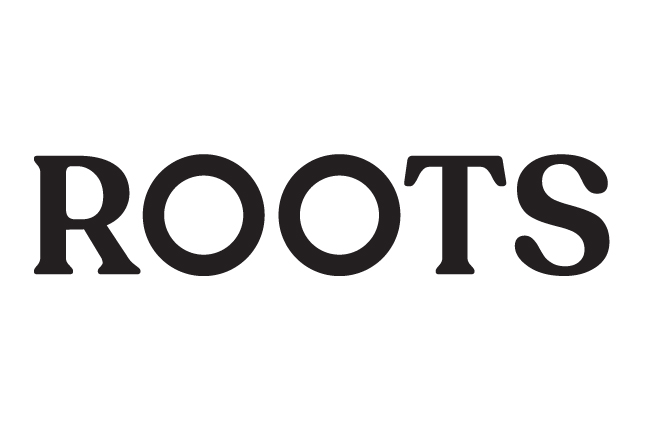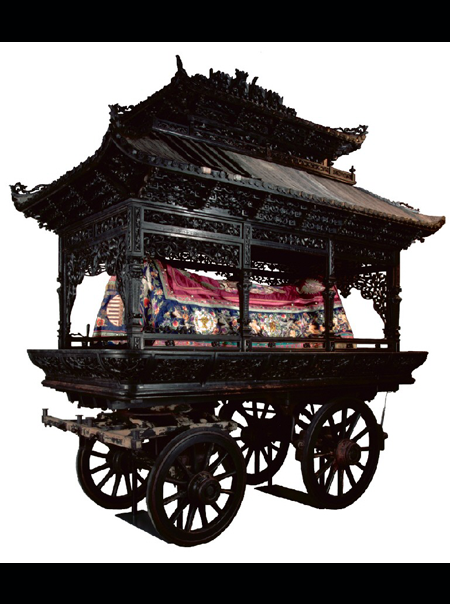Located off the southern coast of mainland Singapore, Sentosa (Isle of Tranquillity) was initially known as Pulau Blakang Mati (Island Behind Death). Starting from the 1880s, the island was an important British military base with a number of forts built on it to protect the southern shipping lanes. In 1970, the island was renamed Sentosa following a naming contest organised by the Singapore Tourist Promotion Board (STPB). The development of the island into a tourist and recreation resort came under the management of the Sentosa Development Corporation (SDC), which was formed in 1972.In 1980, the STPB announced plans for a second round of development to attract more visitors to Sentosa. Subsequently, plans were also made to upgrade existing attractions to keep them attractive to visitors. The Sentosa Wax Museum was earmarked for an $8.4 million revamp that would involve the relocation of the Surrender Chambers exhibit to a new wing of the museum. In addition, a new Pioneers of Singapore Gallery was created as part of the revamp. The Gallery was officially opened by then Finance and Trade and Industry Minister Dr. Tony Tan in December 1984 as the Pioneers of Singapore Museum. The museum initially had nine exhibits that depicted Singapore’s history from the 14th century to before the Second World War. The exhibits included wax models of a Samsui woman transporting bricks (top left), a Malay woman shopping for textiles (top right), an Indian woman buying groceries (bottom right), and a British Air Raid Precautions (ARP) warden patrolling the streets (bottom left).




